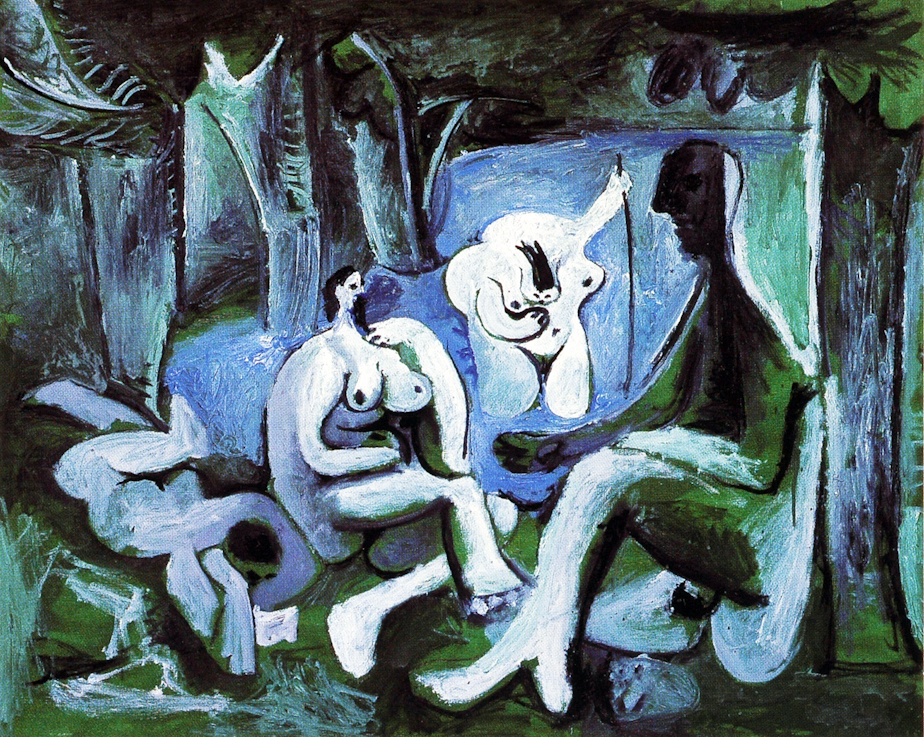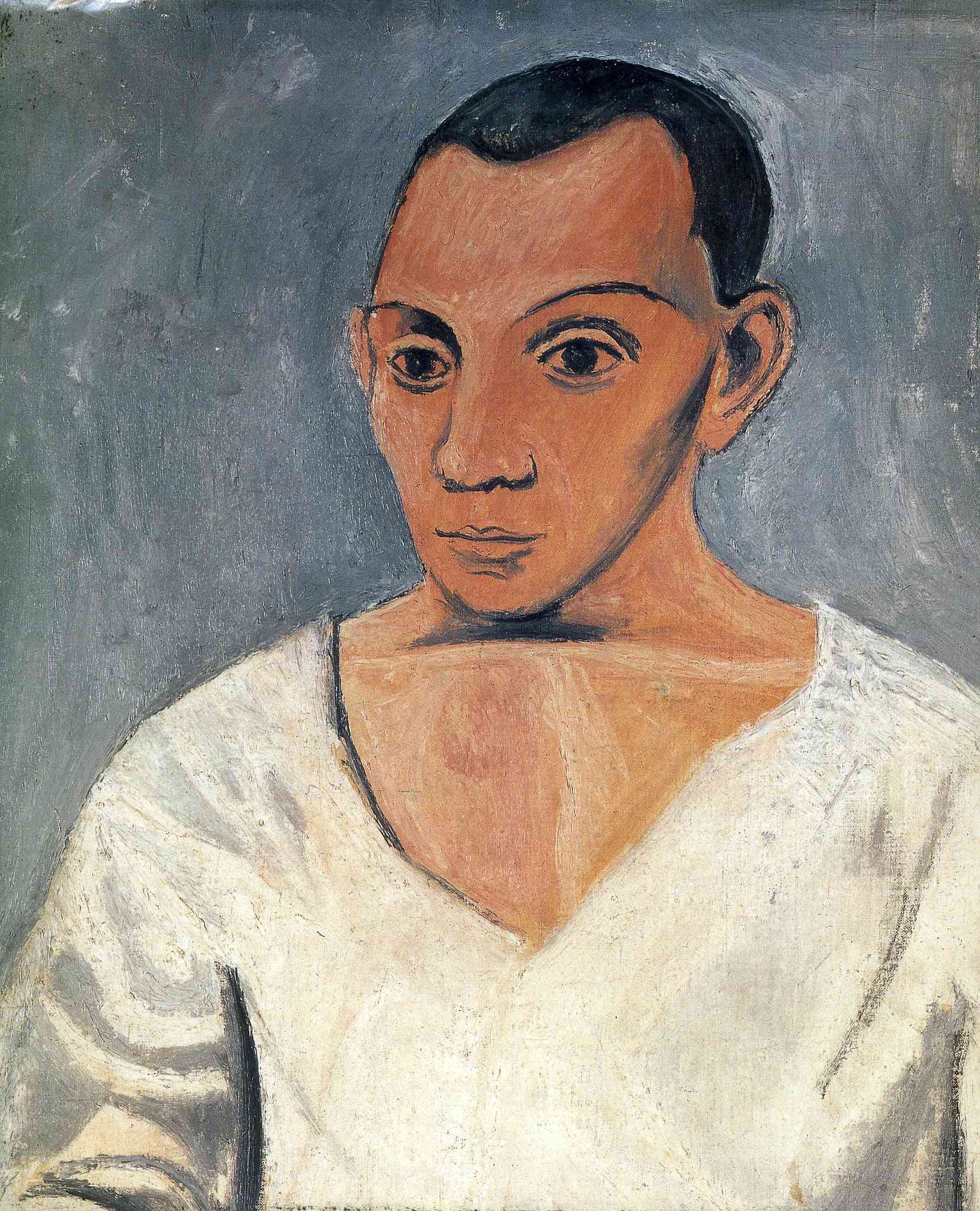Have you heard of a quote "Good artists copy, great artists steal"? It is usually attributed to Pablo Picasso. Interestingly, Steve Jobs who was very inspired by this quote, popularized it - although now some argue if it was Picasso who actually said it. Anyways, it will be a good intro for us today. "Stealing" and "copying" are two very controverial terms in the art world. Somewhere in between you would find the word "inspiration". Last time in our new series "Wednesday's Thought on Art" our Portuguese friend Artur was writing about the concept of imitating, "copying" the nature. How about copying straightforwadly from other pieces of art? Pablo Picasso was famous of it - he painted his own versions of the "classics" like Manet, Renoir, Courbet. Today we present his version of Manet's iconic Luncheon on the Grass. As you can see Picasso's took Manet's composition as a sort of springboard for his own imagination, which carries him into new, as yet unsuspected directions. You can compare this painting with the Manet's "original" - it was featured months ago in DailyArt (to find it you can use the search mode). Nobody ever accused Picasso of stealing but why really? The subject, composition, characters, colors were "invented" by Manet. Picasso used them, re-painted in his manner and signed. Can you call it an "inspiration"? Or he just went an easy way and repainted painting? Is "style" enough to claim of the uniqness of a piece of art? You can take this under consideration.




Luncheon on the Grass
oil on canvas • 31 7/8 x 39 5/16 in
 Pablo Picasso
Pablo Picasso